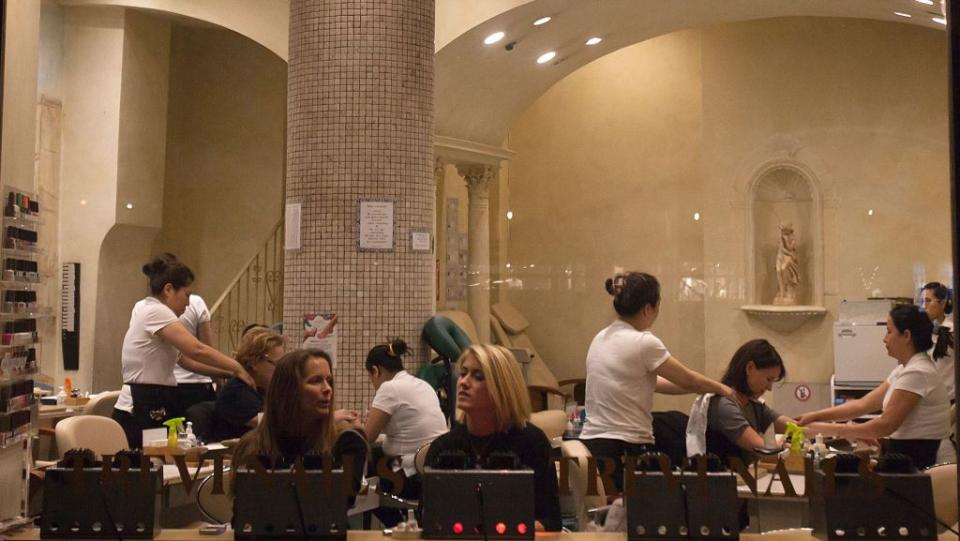The best hope for the American main street is the self-care industry

All across America, malls and main streets are becoming littered with empty spaces, which suggests stores of all sorts are dying. The reality, though, is that certain types of stores have been thriving, even while big department-store chains and many kinds of independent shops have watched their fortunes fall.
A number of these flourishing brick-and-mortar businesses can be grouped under a term that’s become more popular as the buying power of millennials has grown: self-care.
Millennials are more likely than previous generations to spend money on self-care, which includes exercise and healthy eating, but also the small ways people take time out to focus on themselves. A trip to the nail salon to destress could reasonably fall into this category, as could putting effort into skincare. (Whether or not these activities should qualify as self-care is debated, but that’s another matter.)
Nail salons, cosmetics stores, and gyms are among the businesses that have substantially increased their number of storefronts per capita in the US over the last few decades, as Axios outlined recently. The news site offered a snapshot of how the brick-and-mortar presences of presences of different types of retailers changed between 1990 and 2017. It looked at 12 categories of retail, based on data from the US Bureau of Labor Statistics and the Federal Reserve Bank of St. Louis. Nail salons increased their physical stores more than any other type of business, growing 247% in the period. Cosmetics stores grew 95%, and gyms grew 46%. On the other hand, sporting-goods stores, shoe stores, book stores, and newsstands all declined on a per-capita level.

Beyond catering to the various ways people are spending money to take care of their minds and bodies, the businesses succeeding generally offer services that can’t be easily moved online. If you want to get your nails done or work out at the gym, you have to go to the salon or the gym. And while you can purchase cosmetics digitally, a big part of what has made beauty retailers such as Ulta and Sephora so successful is that customers want to go into their stores to try products and get tips from sales associates.
These types of businesses are the ones filling at least some of the spaces being vacated by others. Planet Fitness, a budget gym chain, leased more new square footage in US malls than anyone else in 2017, for instance.
It’s another sign of how the American retail landscape is changing. More of the businesses profiting off physical stores aren’t just selling you products, they’re selling a better you as well.
Sign up for the Quartz Daily Brief, our free daily newsletter with the world’s most important and interesting news.
More stories from Quartz:
